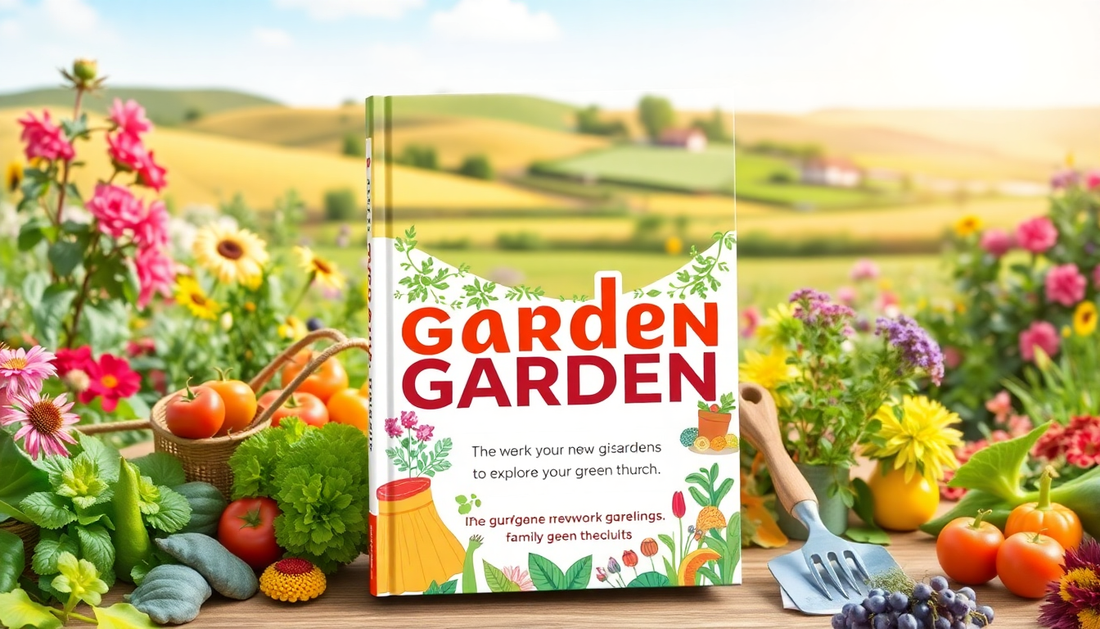
The Ultimate Beginner's Guide to Gardening in the USA (2025 Edition)
Share
Gardening has never been more popular than it is in 2025. With the rise of urban farming, sustainable living, and a renewed appreciation for the great outdoors, more and more people are discovering the joys and benefits of growing their own plants and produce. Whether you have a sprawling backyard or a small balcony, the time is ripe to dive into the world of gardening.
In this comprehensive guide, we'll cover everything a beginner gardener needs to know to start and maintain a thriving garden in the USA. From choosing the right plants to mastering essential gardening techniques, this article will equip you with the knowledge and confidence to become a successful green thumb.
Why Gardening is Awesome in 2025
In the past few years, gardening has undergone a remarkable transformation. It's no longer just a hobby for the green-thumbed elite; it's a lifestyle choice that's gaining traction across all demographics. Here's why gardening is more exciting than ever:
- Sustainability and Self-Sufficiency: With growing concerns about the environmental impact of industrial agriculture and supply chain disruptions, more people are turning to home gardening as a way to become more self-sufficient and reduce their carbon footprint.
- Health and Wellness: Gardening has been shown to have numerous physical and mental health benefits, from reducing stress and anxiety to providing a source of fresh, nutrient-dense produce.
- Community and Connection: Community gardens and urban farming initiatives are popping up all over the country, providing opportunities for people to connect with their neighbors and learn from each other.
- Creativity and Relaxation: Gardening is a creative outlet that allows you to express your personal style and connect with nature. It's also a great way to unwind and de-stress after a long day.
The Benefits of Starting Your Own Garden
Whether you're looking to save money, eat healthier, or simply enjoy the great outdoors, starting your own garden can be a life-changing experience. Here are just a few of the many benefits:
- Fresh, Nutritious Produce: Homegrown fruits and vegetables are not only more flavorful than their store-bought counterparts, but they're also packed with essential vitamins, minerals, and antioxidants.
- Improved Mental Health: Gardening has been shown to reduce stress, anxiety, and depression, and can even improve cognitive function.
- Physical Activity: Gardening is a great way to get some exercise and stay active, especially for those who may not enjoy traditional workouts.
- Increased Property Value: A well-maintained garden can significantly increase the value of your home, making it a smart investment.
- Environmental Impact: By growing your own food, you can reduce your carbon footprint and support sustainable agriculture.
Getting Started: Gardening Basics
Now that you're convinced of the benefits of gardening, let's dive into the basics of getting started. Here are the key things you need to consider:
Assessing Your Space
The first step in starting a garden is to assess the space you have available. Whether you have a sprawling backyard or a small balcony, there are plenty of options for growing your own plants and produce.
Understanding Your Local Climate Zones
Different plants thrive in different climate conditions, so it's important to understand the USDA hardiness zone of your local area. This will help you choose the right plants for your garden and ensure they have the best chance of success.
Essential Gardening Tools for Beginners
While you don't need a lot of fancy equipment to get started, there are a few essential tools that every beginner gardener should have in their arsenal. These include a trowel, pruning shears, a watering can, and a garden hose.
Choosing the Right Plants
One of the most exciting parts of starting a garden is selecting the plants you want to grow. Here are some tips to help you choose the best options for your beginner garden:
Best Beginner-Friendly Plants for USA Gardens
Some of the easiest and most rewarding plants for beginner gardeners in the USA include tomatoes, zucchini, lettuce, herbs, and marigolds. These plants are relatively low-maintenance and can thrive in a variety of growing conditions.
Seasonal Planting Guide
To ensure a bountiful harvest throughout the year, it's important to plan your garden around the seasons. Research the optimal planting times for your local climate and choose a mix of cool-weather and warm-weather crops.
Low-Maintenance Plant Recommendations
If you're new to gardening, it's a good idea to start with plants that are known to be hardy and easy to care for. Some great low-maintenance options include succulents, lavender, and rosemary.
Garden Setup and Preparation
Once you've chosen your plants, it's time to start setting up your garden. Here are the key steps to ensure a successful setup:
Soil Preparation Techniques
Healthy soil is the foundation of a thriving garden. Before planting, you'll need to amend your soil with compost or other organic matter to improve its texture and nutrient content.
Selecting the Right Location
When choosing a spot for your garden, consider factors like sunlight exposure, proximity to a water source, and protection from wind and pests.
Container vs. Ground Gardening
Depending on the space you have available, you may opt for a container garden or a traditional in-ground garden. Both options have their advantages, so consider your needs and preferences.
Gardening Techniques for Success
Now that your garden is set up, it's time to start tending to your plants. Here are some essential gardening techniques to help ensure a bountiful harvest:
Watering Fundamentals
Proper watering is crucial for the health and growth of your plants. Learn how to water efficiently and avoid common watering mistakes.
Basic Pest Management
Dealing with pests is an inevitable part of gardening, but there are many natural and organic ways to keep them at bay.
Fertilizing and Plant Nutrition
Providing your plants with the right nutrients is key to their growth and productivity. Understand the basics of fertilizing and how to keep your plants well-fed.
Maintenance and Care
Gardening is an ongoing process, and regular maintenance is essential for keeping your plants healthy and thriving. Here are some tips to help you stay on top of your garden's needs:
Regular Garden Maintenance Schedule
Develop a routine for tasks like weeding, pruning, and harvesting to ensure your garden stays in top shape.
Common Beginner Mistakes to Avoid
Learn from the experiences of other gardeners and steer clear of common pitfalls, such as overwatering or planting too close together.
Seasonal Gardening Tips
Different tasks and considerations come into play as the seasons change. Familiarize yourself with the seasonal needs of your garden.
Sustainable Gardening Practices
As you continue to grow your garden, it's important to consider the environmental impact of your practices. Here are some sustainable gardening techniques to incorporate:
Eco-Friendly Gardening Methods
Embrace organic and natural approaches to pest control, fertilization, and soil management to minimize your carbon footprint.
Water Conservation Techniques
Implement strategies like rainwater harvesting and drip irrigation to reduce your water usage.
Organic Gardening Principles
Commit to growing your plants without the use of synthetic chemicals and pesticides, and focus on building a healthy, balanced ecosystem.
Conclusion
Gardening in the USA has never been more accessible or rewarding than it is in 2025. By following the tips and techniques outlined in this guide, you'll be well on your way to starting and maintaining a thriving garden that provides you with fresh, nutritious produce, improved mental and physical health, and a deeper connection to the natural world.
Remember, gardening is a journey, not a destination. Be patient, experiment, and don't be afraid to make mistakes – that's all part of the learning process. With a little time and dedication, you'll be on your way to becoming a confident and successful gardener.
So what are you waiting for? Grab your trowel, get your hands dirty, and start growing your own slice of paradise. Happy gardening!
